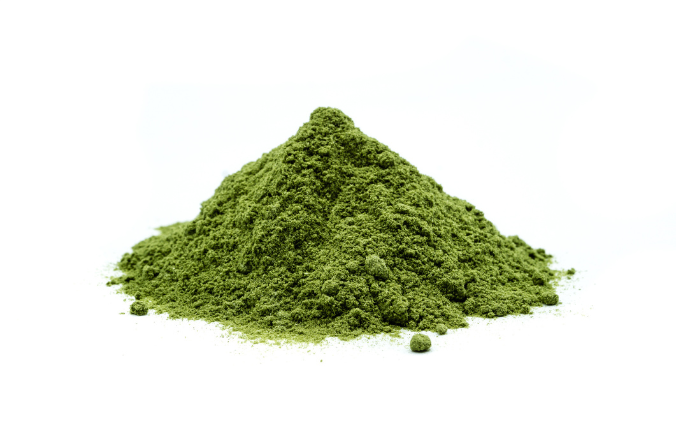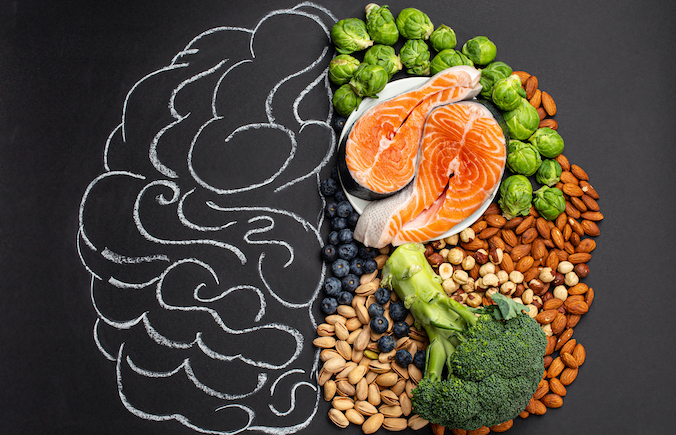How NAD+ supports energy levels to help us stay youthful

NAD+ is a coenzyme found in every single living cell. It plays a central part in cellular energy. NAD+ supplies energy to the mitochondria, the powerhouse of the cell to convert sugars, fats, and proteins into the cellular energy known as ATP (adenosine triphosphate).
How does NAD+ help to create energy in muscles?
Compared to being stationary, every movement we take uses up huge amounts of NAD+ and a single muscle can require thousands of mitochondria to operate. This increases the demand for the amount of NAD+ required.
Our evolution has ensured that muscle cells and other metabolically active tissues in our body have high amounts of NAD+.
Muscle’s contract and relax to allow us to perform essential tasks. We have control over some muscles while others, like the heart do their jobs without our input. These are called involuntary muscles and they support bodily mechanisms beyond our conscious control. For example, pumping blood around our body and allowing us to breath automatically while we sleep.
Voluntary muscle function supports any movement dependent on conscious choice.
All these motions rely on NAD+ to convert macronutrients into ATP, which in turn fuels the contractions.
How does NAD+ support muscle repair?
A good supply of nutrients is essential for muscle repair, especially during and after exercise. NAD+ relays key nutrient information to communicate cellular requirements. It supports the conversion of nutrients into energy and is an imperative cofactor in muscle repair.
NAD+ works together with sirtuins, a group of enzymes that work to speed up certain chemical reactions in the body. Sirtuins trigger the process of cellular reproduction.
NAD+ and the circadian rhythm
Muscle function and the availability of NAD+ follow the circadian rhythm, the body’s internal clock. Studies1 show that when we are sleep deprived our cells are placed under stress and they may focus their energy on combating the stressor. This reduces our available supply of NAD+.






